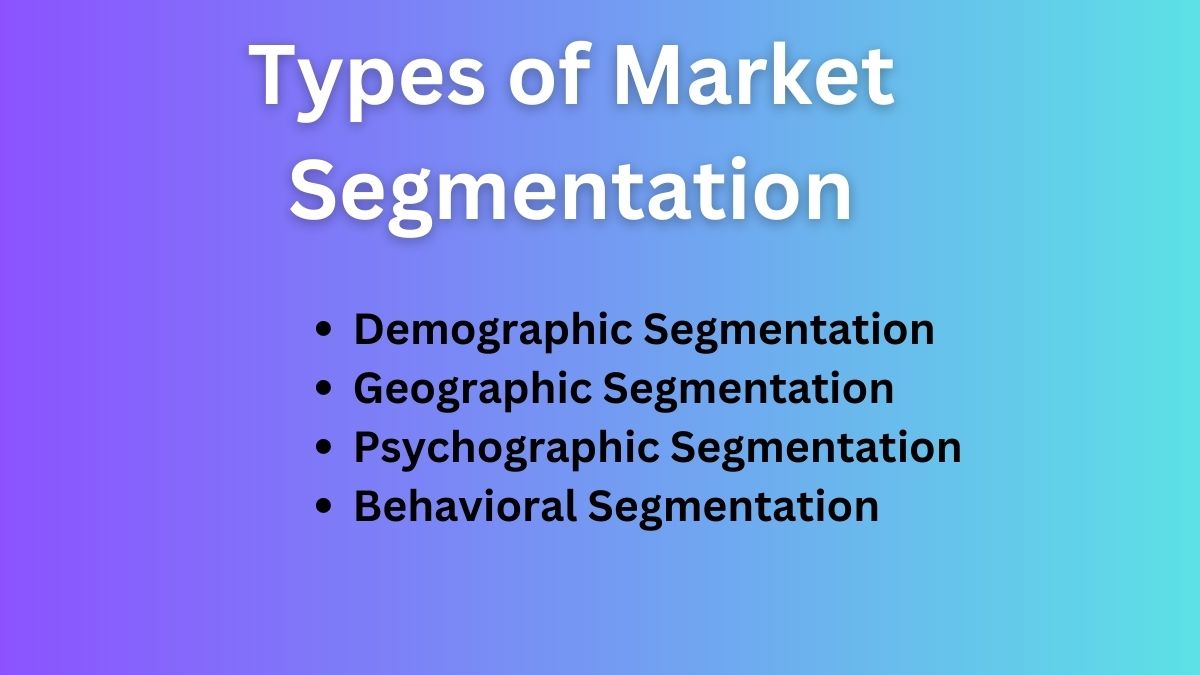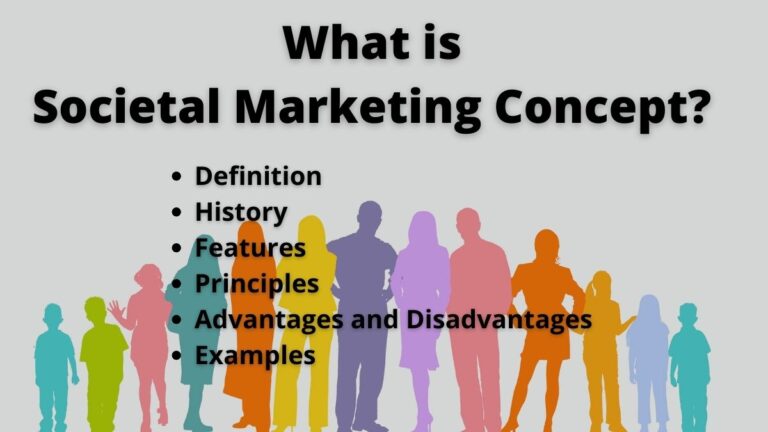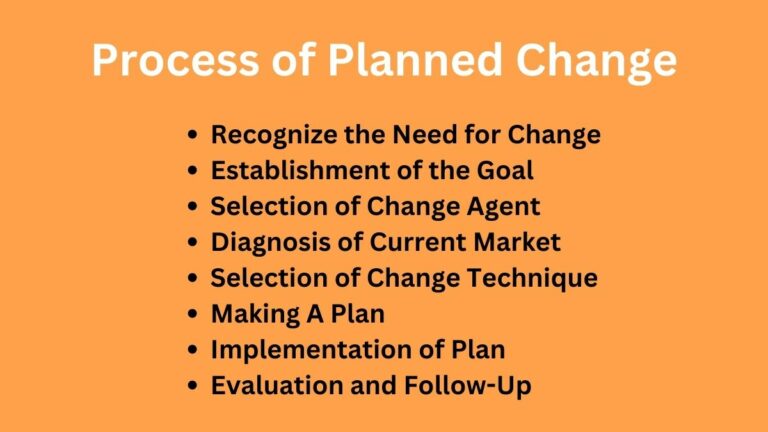4 Types of Market Segmentation with Examples and Pros/Cons
Market Segmentation Types
Market segmentation is a process of splitting or dividing a large market into its different segments or consumer groups. There are four main types of market segmentation namely demographic, behavioral, psychographic, and geographic segmentation using which you can segment the market.
Demographic segmentation divides markets based on factors like consumers’ age, sex, occupation, etc. Geographic considers the areas where consumers live. Psychographics considers customers’ personalities, attitudes, interests, etc. And, behavioral segmentation is based on behaviors consumers exhibit while buying products.
Let’s understand each of these market segmentation types in detail with their examples and pros and cons.
Demographic Segmentation
Demographic segmentation is the first and most common type of market segmentation. It groups customers based on the factors like age, gender, income, occupation, etc.
Demographic segmentation assumes different demographic factors determine consumers buying behaviors and consumption patterns. It is obvious that the buying pattern of a teenage girl will be different from that of a woman with a child.
So, it can not be effective when you target both of these women with the same marketing strategy and products. It is better to understand them and design a marketing program considering the needs and requirements of each of them.
The following are some factors considering which demographic segmentation divides the market. They are:
- Age – Different ages of people have different product tastes and preferences.
- Gender – The market can also be segmented based on gender – male, female, or third gender.
- Income – High-income people will definitely have high purchasing power as compared to low-income people.
- Occupation – A CEO’s buying behavior and consumption patterns will be different from the daily wage workers.
- Ethnicity and Religion – Different ethnic and religions have different cultural preferences so buying behaviors.
- Marital Status – Within marital status, the market can be married, unmarried, and divorced.
Let’s understand some pros and cons of demographic segmentation.
- Pros:
- Information about demographic factors is easily available. You can easily access the information from the population census.
- With the right information, you can choose the right consumer group (s).
- Cons:
- When you choose a single segment of the market, your market will be small, and it may not generate enough demand as such you may feel difficult to recover your investment.
Let’s take the example of Bugatti – it is a renowned automobile company that makes luxurious and fast cars. It mainly targets people who have high incomes. As such, let’s say Bugatti segments the market based on the income people have.
Related: Market Segmentation Levels
Geographic Segmentation
As the name suggests, geography, this market segmentation method groups customers based on the area they live. It is an effective segmentation method that makes it possible to offer products to people who are located in different locations.
Geographic segmentation believes that different areas of people have different needs and requirements so companies should design marketing programs based on the needs and preferences of specific consumer areas.
Let’s say, the demand and usage pattern of Nepalese people will be different from the people of America. The following are the main factors based on which geographic segmentation divides the market.
- Location – You can segment the market based on different locations like city, country, region, state, or even continent.
- Climate – Himalayas people will choose warmer jackets whereas people of hot climates choose t-shorts.
- Language – Different areas of people have different languages of general speaking and official languages.
- Population – The size of the population also determines whether or not the market has potential.
- Cultural Preferences – Cultural preferences also differ from one area to another may be city, state, or country.
- Urban and Rural – People in rural areas are healthier than in urban areas. And, they have less purchasing power compared to urban people.
Advantages and disadvantages of geographic segmentation.
- Pros:
- Borader customer reach.
- Good relationships between brands and local people.
- Cons:
- It is time-consuming and costly. Brands have to search, identify, and evaluate customers in order to choose the right ones.
Let’s take the example of McDonald’s – it sells burgers using beef in areas where people eat beef. But it sells burgers using chicken in India. It is due to the cultural preferences of people. The cow is a sacred animal for Hindus.
Psychographic Segmentation
Psychographic segmentation is complex in nature as compared other two types of market segmentation – demographic and geographic.
Psychographic segmentation segments consumers based on factors like their attitudes, personality, interests, lifestyle, social class, etc. It aims to find out the answer to the question of why customers do the way they do.
It seeks to understand the psychology of people. And, launch marketing programs that they most value. The following are the main psychographic factors.
- Personality – It is a unique pattern of thoughts, feelings, and behaviors that distinguish a person from others.
- LifeStyle – It is the way people live their life. The buying pattern of an athlete will be different from a drunk person.
- Attitudes – It is the belief system that directs our thoughts, feelings, and actions about other people, situations, and ideas.
- Social Class – Based on social class markets can be segmented as middle class, lower class, and upper class.
Related: Process of Market Segmentation
Each of these psychographic factors determines the buying patterns of consumers and the products they consume. Let’s see its benefits and drawbacks.
- Pros:
- By understanding the psychology of people personalized approaches can be applied.
- Customers can be served on an individual level generating more satisfied and loyal customers.
- Cons:
- It is difficult to understand the psychology of people. It is because it can not be easily measured you have to make most of the decisions based on assumptions.
Let’s take an example – it is obvious that low-class people have low income and low purchasing power. And, high-class people have high purchasing power and income. Let’s say upper-class people have the attitude to prefer high-quality and luxurious brands.
Whereas, low-class people have an attitude toward purchasing necessary and inexpensive products. Although psychological factors can not be measured, people exhibit them through their actions.
Behavioral Segmentation
It involves segmenting consumers based on the behavior they exhibit while buying products and services. Behavioral segmentation focuses on the overt behavior of people to make marketing decisions.
Here, behavioral does not mean the behavior of a person, but it only considers the behavior of a person that he shows during the interaction with the brands and markets.
Such behaviors of customers let brands identify who the customer is and what buying behavior (variety seeking, habitual, complex, etc.) he is showing. And, it lets them design the relevant marketing strategy.
The following are the main variables based on which behavioral segmentation divides the market.
- Benefits – The number one reason consumers use products is to get some benefits.
- Occasion-Based – On different occasions, customers purchase different products. The occasion may be a weekend, holiday, promotion party, wedding, etc.
- Purchasing Behavior – While purchasing consumers show different behaviors – these behaviors include complex, habitual, dissonance-reducing, and variety-seeking.
- Brand Loyalty – This includes segmenting consumers based on the loyalty they show to the brands or products.
- Usage Rate – This refers to the number of products consumers use in a certain period.
Some pros and cons of behavioral market segmentation.
- Pros:
- By behavioral segmentation, you may be able to provide personalized services to consumers.
- It is easy to predict consumers’ behaviors based on their past activities.
- Cons:
- Behavioral segmentation explains that people’s overt behaviors are key to determining their product preferences but it ignores the psychological factors of people i.e. covert behavior.
Let’s take the example of YouTube – it recommends relevant videos by understanding the behavior of its users. What it does is, it tracks the activities of its users and presents the relevant videos that they probably like. And, I believe we all have been a part of this Youtube personalized service.
Read Next: The 6 Marketing Philosophies
Sajan Kushmi is a content writer with more than 4 years of experience. He holds BIM Degree. He write on the topics related to Management, Marketing, and Entrepreneurship.






